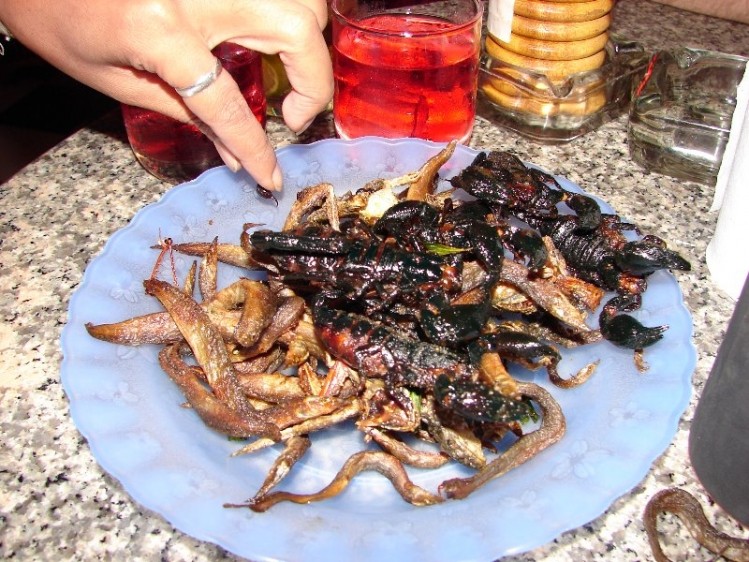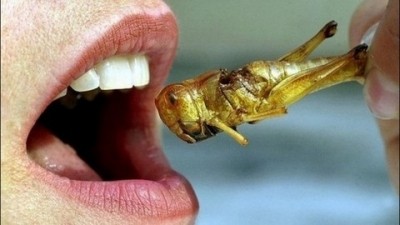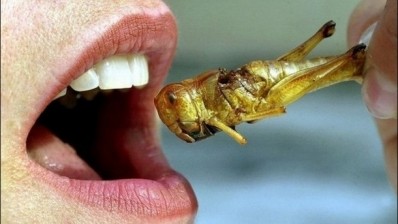Edible insects: Create consumer demand – even where there is none

For about two billion people, insects are considered a normal part of the diet, but in Europe, the Food and Agricultural Organisation (FAO) has singled out ‘disgust’ as a major barrier to consumer acceptance of insects as food. They may be nutritious and environmentally friendly, but if consumers think they are disgusting, what hope is there for widespread acceptance?
With the right marketing, it is not such an outlandish idea, claims a white paper from New Nutrition Business.
It suggests several strategies that could help normalise the idea of insect consumption beyond a very small group of consumers, including providing good-tasting samples, processing insects so the end product does not resemble insects, and consumer education about how insect-containing dishes can be cooked and served.
How innovative do you want to be?
Director and founder of New Nutrition Business Julian Mellentin told FoodNavigator: “We have done this really to provoke, because people tend to bandy the word ‘innovation’ about, and ‘sustainability’, but when they come across something that’s truly innovative, they tend to run a mile…Everyone says sustainability matters, so here’s an opportunity to do something.”
He points to Quorn as a similar product – one that might elicit disgust among consumers if they thought about its origins. However, Quorn’s use of soil fungus as the basis of its range of meat alternatives has not prevented it from achieving considerable success, including number one position among meat alternative products on the UK market.
“Quorn is an example of a company creating products that consumers did not know they needed,” said Mellentin. “They are not led by consumer demand, they create consumer demand. And this will be the key to the success of insects as an ingredient.”
Just don’t mention the bugs
He predicts that small start-ups will lead the way in Europe, possibly by targeting “young, open-minded, lifestyle consumers” in large cities.
Downplaying a product’s insect contents may also be important, most likely with insects ground into a flour.
According to the white paper: “Packaging should avoid referencing insects: just as consumers don’t want to be reminded that they’re eating a cute n’ cuddly creature when they pick up their leg of lamb in the supermarket, they don’t want to think of bugs when they bite into their protein bar.”
Quoted in the paper is Gabi Lewis, co-founder of Exo, a US company that makes protein bars from cricket flour. “The biggest key to getting past the preconceived notions about eating insects is to get people to try the bars and learn that they taste delicious,” he said.
For human consumption, insects are governed by novel food regulation in Europe, but researchers have suggested that insects are unlikely to require pre-market safety assessment, as many non-EU countries have already demonstrated a history of safe use.
For several years European researchers have been exploring the potential for insect protein as a way to meet increasing global demand for protein-rich foods, as insects use far less land than traditional meat or vegetable protein production, produce less waste and emissions, and are even capable of using waste as feed.









